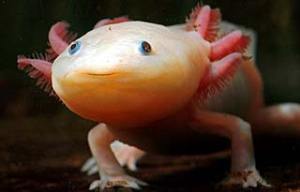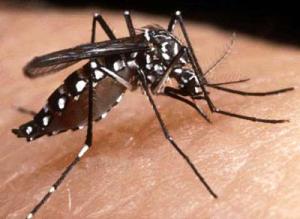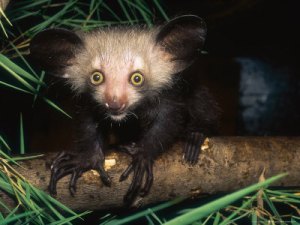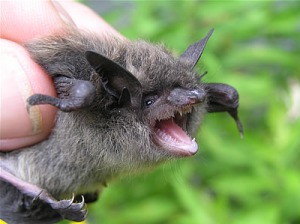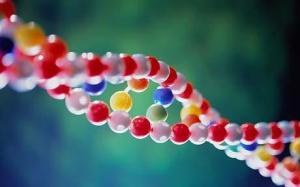“Knowledge is that which, next to virtue, truly raises one person above another.”
— Joseph Addison.
Knowledge has long aided the human race. Whether that be for advancements in medicine, modern conveniences or understanding the universe around us, it is difficult to argue the world would be enriched without science. It is for this reason, among many others, that it is important for scientists to communicate their ideas – so that the very same knowledge can be refined, contextualised and elaborated upon.
The preferred route in academia for scientists to communicate their ideas to other scientists is journal articles. Peer-review procedures are followed before work is considered suitable for publication, whereby the author’s work is submitted to other field professionals and its merits are scrutinised.
An obvious advantage peer-review gives journal articles over other methods of communication is the comparatively higher quality of work, as it is subject to scrutiny and would be expected to have had any obvious errors ‘ironed out’. Moreover, blind review, or anonymous peer-review, has been introduced to combat bias. Blind review ensures that those reviewing the work do not know the identity of the author, and vice versa.
However, peer-review does have its shortcomings. Despite peer-review being introduced to regulate the quality of academic writing, many articles are still retracted for being inaccurate, and the world of academia is still rife with plagiarism. It has also been criticised for being time-consuming, and, subsequently, for delaying the publication of vital information. Many scientists are also skeptical about the ability of peer-review to moderate work from more radical fields due to their unfamiliarity to those reviewing.
Many different methods exist which allow scientists to communicate with non-scientists. The most obvious method for this is the utilisation of the mass media. This ranges from documentary television shows to newspaper articles to popular science literature, which resonates today more than ever. We live in a decade where Brian Cox and Richard Dawkins (for better or worse) are household names.
The obvious advantage of these methods is the awareness they bring (Brian Cox boasts over 750,000 twitter followers!), and indeed Richard Dawkins has sold millions of books. The popularity of scientific television outlets, such as the Discovery Channel and the National Geographic Channel continues to bolster the popularity of science also.
These methods are not without drawbacks, however. The publication of books remains largely unregulated (if it will sell, it will be published, regardless of merit). For the less educated of us, this can lead to pseudoscience being mistaken for ‘hard’ fact – something which people like Deepak Chopra have built an empire out of, by preying on the sick and vulnerable and disguising the meritless nature of his work behind a long-since discarded medical degree. It can, therefore, be difficult for scientists communicate in this manner, as it can be difficult for the general public to distinguish where real science ends and pseudoscience begins.
Moreover, newspaper articles and documentary shows run the risk of being ‘sexed up’ and giving priority to entertainment over scientific fact. Even more genuinely educational programming runs the risk of being sandwiched in-between episodes of the quasi-factual ‘Ancient Aliens’ (or something equally atrocious). Again, this can cause facts to become misconstrued and makes it ever more difficult for scientists to communicate to the general public.
Whatever the cost of efficiently communicating to the public, I can think of no cause more worthy of scientists’ time. We have come astonishingly far in our quest for enlightenment, but still have a monumental way to go.

